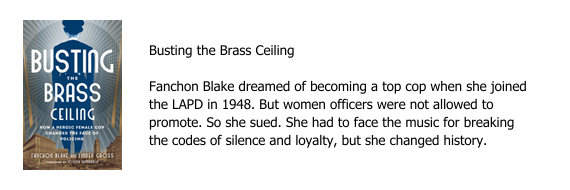In Judy Blume’s MasterClass about writing for younger readers, the mega-bestselling children’s book author talks about how she saves news clippings and scribbles ideas for plots, characters and their backstories, snippets of conversation she overhears, and dialogue she imagines in a notebook or an idea box (think of a recipe box with index cards). Each new book has its own notebook or idea box, which is the repository for everything from research to scenes. She keeps adding to the notebook or idea box until she finally decides she’s ready to start writing her first draft. I call this the pre-book, except that Blume keeps adding to her notebook even as she writes the drafts of her book.
Blume also suggests creating a pre-book notebook for your novel’s protagonist. “In it, you will collect ideas for your main character, big or small,” she writes in the workbook that accompanies her MasterClass. “That way, you can always reference your ‘bible’ when writing this character. Include traits, attributes, backstory, objectives, motivations, etc.”
What else goes in the notebooks? Stream of consciousness, brain dump, sloppy copy. This is where you experiment with voice, explore your ideas, and discover more about who your main character is, how they see the world and what’s important to them.
Whether working with your ideas notebook or your main character notebook, Blume recommends turning to them when you’re feeling stuck. “If you hit roadblocks in the murky middle, go back to your notebooks and see if you have ideas for what could happen to your characters,” she writes in the workbook.
She even suggests playing with different endings in your notebook well before you’ve gotten there in your manuscript.
She calls her notebooks her security blanket since all this pre-book work means she never has to face a blank screen. She has another security blanket that I love. She doesn’t try to nail her book on the first go-around. Instead, she just gets down everything she can in the first draft. Then she hits the second draft, which, in her words, “is all about finding surprises along the way and starting to tease out the shape of your story.”
Note the word starting. Book writing is a process. If you start by scribbling in your pre-book notebooks and accept the fact that you’ll discover your characters and your story through multiple drafts, you’ll reduce any sense of pressure and disarm your inner critic. We authors all need that!




















0 Comments